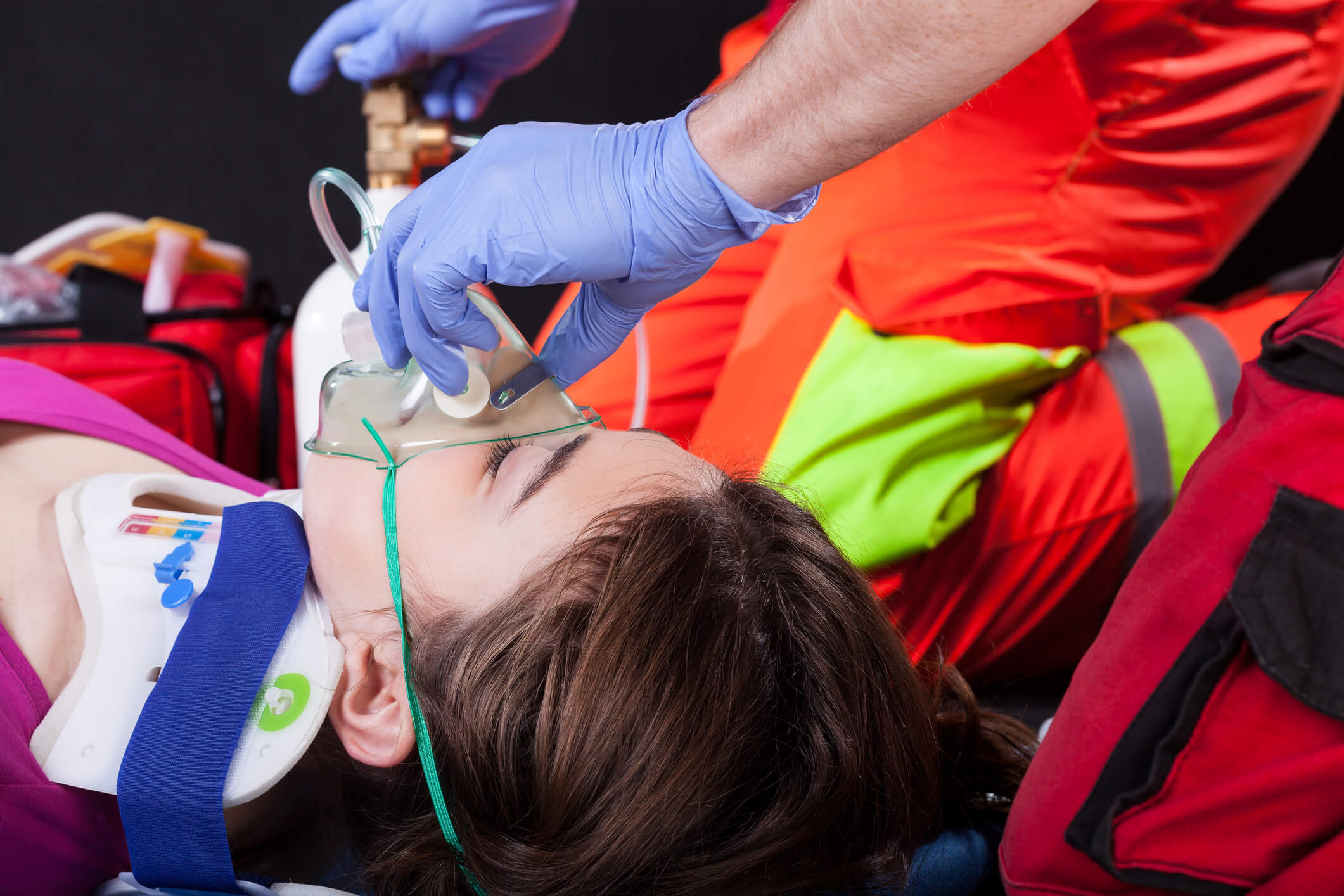
Aspiration pneumonia has a mortality rate of 5% to15%, and that rises to as much as 22.7% in those with COPD. The secretions patients aspirate are often contaminated with pathogens from the oral cavity, increasing the rate of morbidity and necessitating additional interventions, and potentially long hospital stays. Prompt intervention is the key to preventing serious complications associated with aspiration pneumonia. Portable emergency suction can help prevent aspiration pneumonia, as well as its attendant complications.
Risk Factors for Aspiration Pneumonia
The two most significant risk factors for aspiration pneumonia are advanced age and having a respiratory disorder. Additional risk factors include:
- Feeding dependence
- Poor oral hygiene or dental disease
- Ambulation is limited or infrequent
- The respiratory system is compromised
- Cough function is impaired
- A previous case of aspiration pneumonia
- A compromised immune system
- Acid reflux
- Currently smoking
- Radiation therapy of the head and neck
- Stroke
- Drug overdose
Most guides for dealing with aspiration focus on the respiratory aspects of this medical emergency, but aspirate can also be an infectious agent. Aspirating contaminated fluids is particularly dangerous in people with weakened immune systems or underlying medical conditions, including the very elderly and those with a history of sepsis.
First responders should view anyone with fluid in the oral cavity or throat as being at high risk for aspiration pneumonia. This is why prompt suction when a person can’t clear their own airway is so critical.
Signs and Symptoms of Aspiration Pneumonia
Aspiration pneumonia is not always obvious. It can develop immediately or get steadily worse over time. Some patients continually aspirate more and more fluid, greatly increasing their mortality risk. Some signs and symptoms to monitor include:
- Chest pain
- The coughing up of foul-smelling, greenish or dark phlegm (sputum), or phlegm that contains blood or pus
- Fatigue
- Fever
- Shortness of breath
- Wheezing
- Bad breath
- Sweating excessively
- Swallowing problems
- Confusion
Clinical signs include changes in respiratory sounds, low oxygen saturation, altered consciousness, and a rapid pulse.
Treatment and Prevention
The most significant predictor of mortality in aspiration pneumonia is the volume of fluid swallowed. In ill populations who aspirate large volumes of fluid, mortality can be as high as 70%. Continual monitoring of people at risk for aspiration can greatly reduce the risk.
Portable suction plays a central role in both preventing and treating aspiration pneumonia. Ensure your mobile suction unit is always handy, charged, and functioning well. Daily testing is key. It’s also important to have appropriate disposables on hand and to clean the unit after each use. The device can be a source of contamination, elevating risk in someone who has already been exposed to bacteria in their aspirate.
Patients with limited mobility may need help positioning themselves in a way that minimizes the risk of further aspiration. This is doubly important for those who are actively vomiting.
Gram-negative bacilli are the predominant contaminant in aspirated fluids, but a wide variety of bacteria can infect the lungs and airway, so patients who have aspirated must still be transported and evaluated. At the hospital, broad-spectrum antibiotics will be administered immediately. Because a wide range of infectious agents can be inhaled, a doctor may perform a culture to determine the right antibiotic.
Treatment of any underlying factors contributing to the aspiration is also paramount. A person with COPD, for instance, may need to switch medications or be on oxygen, while a drug overdose patient will likely need ongoing counseling and rehabilitation.
For help choosing the right portable suction device for your agency, download our free guide, The Ultimate Guide to Purchasing a Portable Emergency Suction Device.
Editor's Note: This blog was originally published in February 2023. It has been re-published with additional up to date content.
















